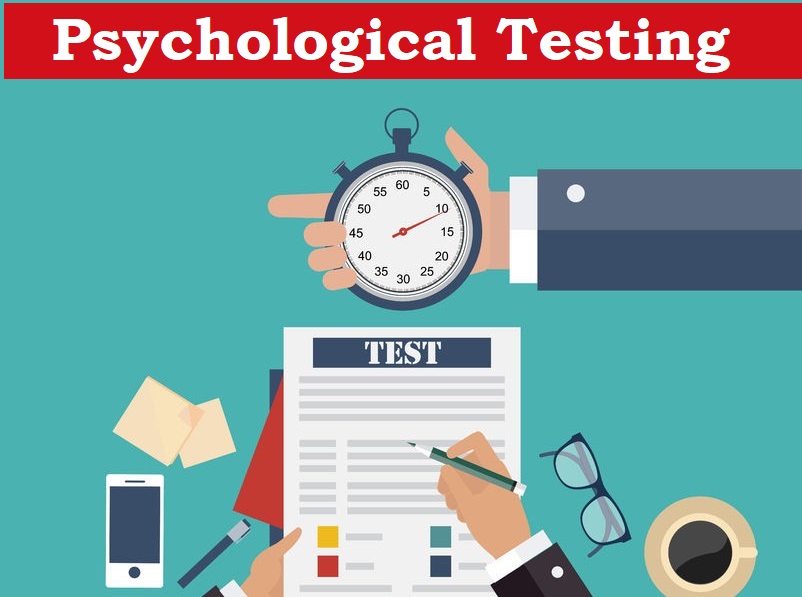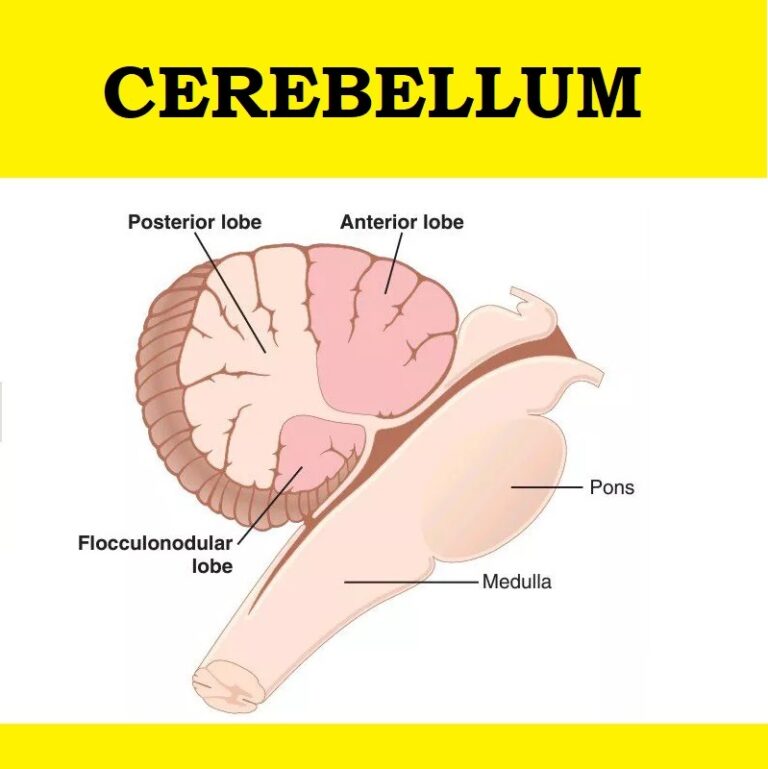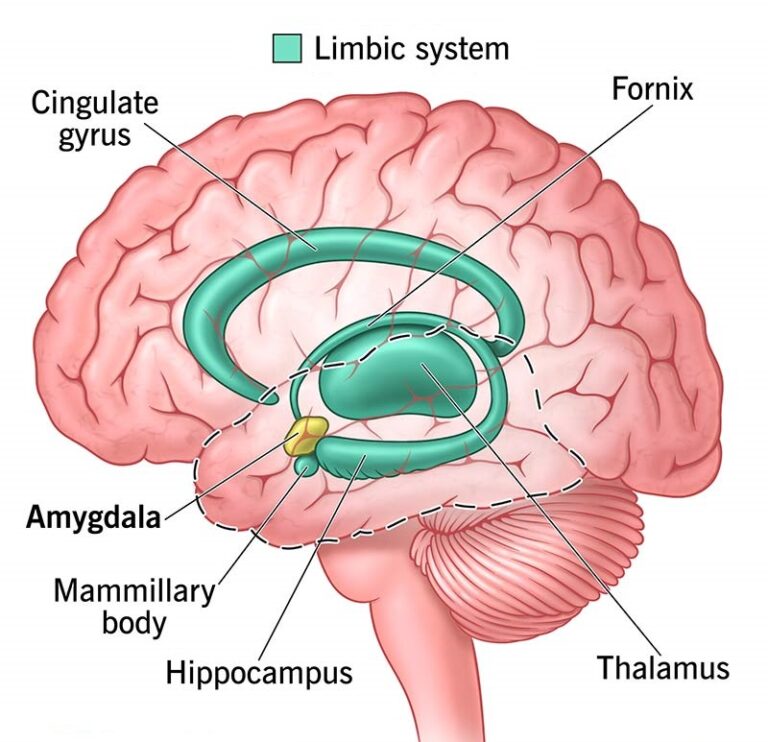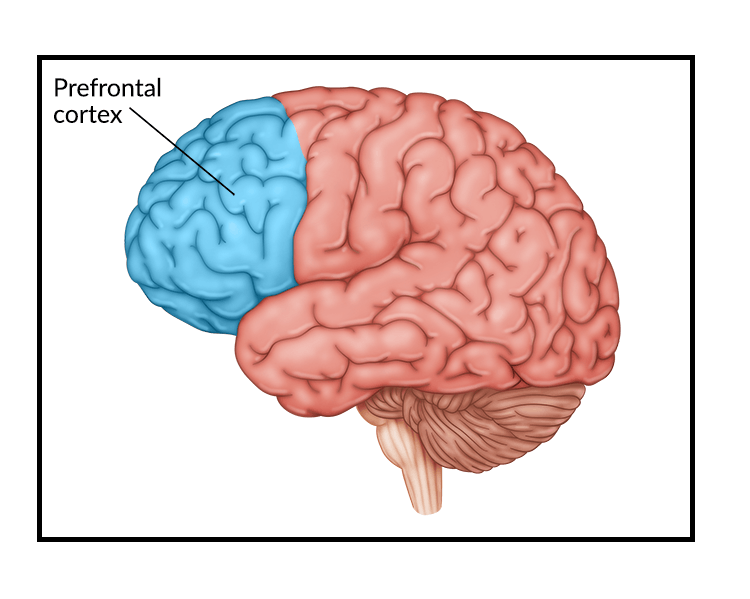
Psychological tests are systematic procedures designed to measure psychological constructs, such as intelligence, personality, aptitude, and behavior. The process of constructing a psychological test involves meticulous planning and scientific rigor to ensure accuracy, reliability, and validity.
1. Psychological Test Construction: An Overview
Psychological test construction is a step-by-step process that transforms theoretical constructs into measurable tools. The key stages include:
- Defining the construct and purpose of the test.
- Writing test items.
- Conducting item analysis.
- Ensuring reliability, validity, and standardization.
Each of these stages plays a critical role in creating a scientifically sound psychological test.
2. Item Writing: The Foundation of Psychological Tests
What is Item Writing? Item writing involves generating questions or statements (items) that reflect the construct being measured. Items can be in various formats, including multiple-choice, true/false, Likert scale, or open-ended questions.
Steps in Item Writing:
- Defining the Construct: Clearly outline the psychological construct (e.g., anxiety, problem-solving ability) to ensure the items align with the purpose of the test.
- Choosing the Format: Decide on the format based on the construct and target population. For instance, multiple-choice items are suitable for assessing knowledge, while Likert scales are ideal for attitudes or feelings.
- Writing Clear and Concise Items: Use simple and unambiguous language. Avoid jargon, double-barreled questions, and leading statements.
- Balancing Difficulty Levels: Include items of varying difficulty to capture the full spectrum of the construct.
Example: Construct: Test Anxiety
- Easy Item: “I feel nervous before a test.”
- Moderate Item: “I often think about failing during an exam.”
- Difficult Item: “I avoid preparing for exams because of fear.”
3. Item Analysis: Refining the Test
Item analysis evaluates the quality and performance of individual test items. It identifies poorly performing items that need revision or elimination.
Key Metrics in Item Analysis:
- Item Difficulty (p-value): Indicates the proportion of respondents who answered the item correctly. Ideal difficulty ranges from 0.30 to 0.70.
- Item Discrimination (D-value): Measures how well an item differentiates between high and low scorers. A D-value above 0.30 is considered good.
- Distractor Analysis: Examines the effectiveness of incorrect options (distractors) in multiple-choice items.
Example Table: Item Analysis Results
| Item | p-Value | D-Value | Recommendation |
|---|---|---|---|
| Item 1 | 0.85 | 0.20 | Revise (too easy) |
| Item 2 | 0.45 | 0.35 | Retain (good item) |
| Item 3 | 0.10 | 0.05 | Eliminate (too difficult) |
| Item 4 | 0.60 | 0.40 | Retain (excellent item) |
4. Test Standardization: Ensuring Reliability and Validity
4.1 Reliability: Reliability refers to the consistency and stability of test scores over time. Common methods to assess reliability include:
- Test-Retest Reliability: Measures score consistency across two administrations of the test.
- Internal Consistency (Cronbach’s Alpha): Assesses how well items measure the same construct.
- Inter-Rater Reliability: Evaluates consistency among different scorers.
Example: A cognitive ability test shows a test-retest reliability coefficient of 0.85, indicating high stability over time.
4.2 Validity: Validity determines whether a test measures what it claims to measure. Types of validity include:
- Content Validity: Ensures the test covers all aspects of the construct.
- Criterion-Related Validity: Compares test scores with an external criterion (e.g., academic performance).
- Construct Validity: Demonstrates that the test correlates with related constructs and diverges from unrelated ones.
Example Table: Validity Assessment
| Type of Validity | Evidence | Conclusion |
|---|---|---|
| Content Validity | Experts reviewed items for relevance | High content validity |
| Criterion-Related Validity | Test scores correlated with GPA (r = 0.78) | Strong criterion validity |
| Construct Validity | High correlation with similar tests (r = 0.82) | Excellent construct validity |
4.3 Norms: Norms provide a reference for interpreting test scores by comparing them to a representative sample.
- Example: A standardized intelligence test may report scores with a mean of 100 and a standard deviation of 15.
5. Practical Advice for Test Construction
- Pilot Testing: Conduct a pilot study with a small sample to identify potential issues in items and instructions.
- Iterative Refinement: Continuously revise items based on feedback and analysis.
- Inclusivity: Ensure cultural and linguistic appropriateness for diverse populations.
- Ethical Considerations: Obtain informed consent, ensure confidentiality, and avoid bias.
Conclusion
The construction of psychological tests is a meticulous process that requires attention to theoretical, methodological, and ethical considerations. By mastering the art of item writing, conducting thorough item analyses, and ensuring test standardization, researchers and practitioners can create robust tools for measuring psychological constructs. This process not only advances the field of psychology but also ensures that assessments are fair, reliable, and meaningful for diverse populations.







